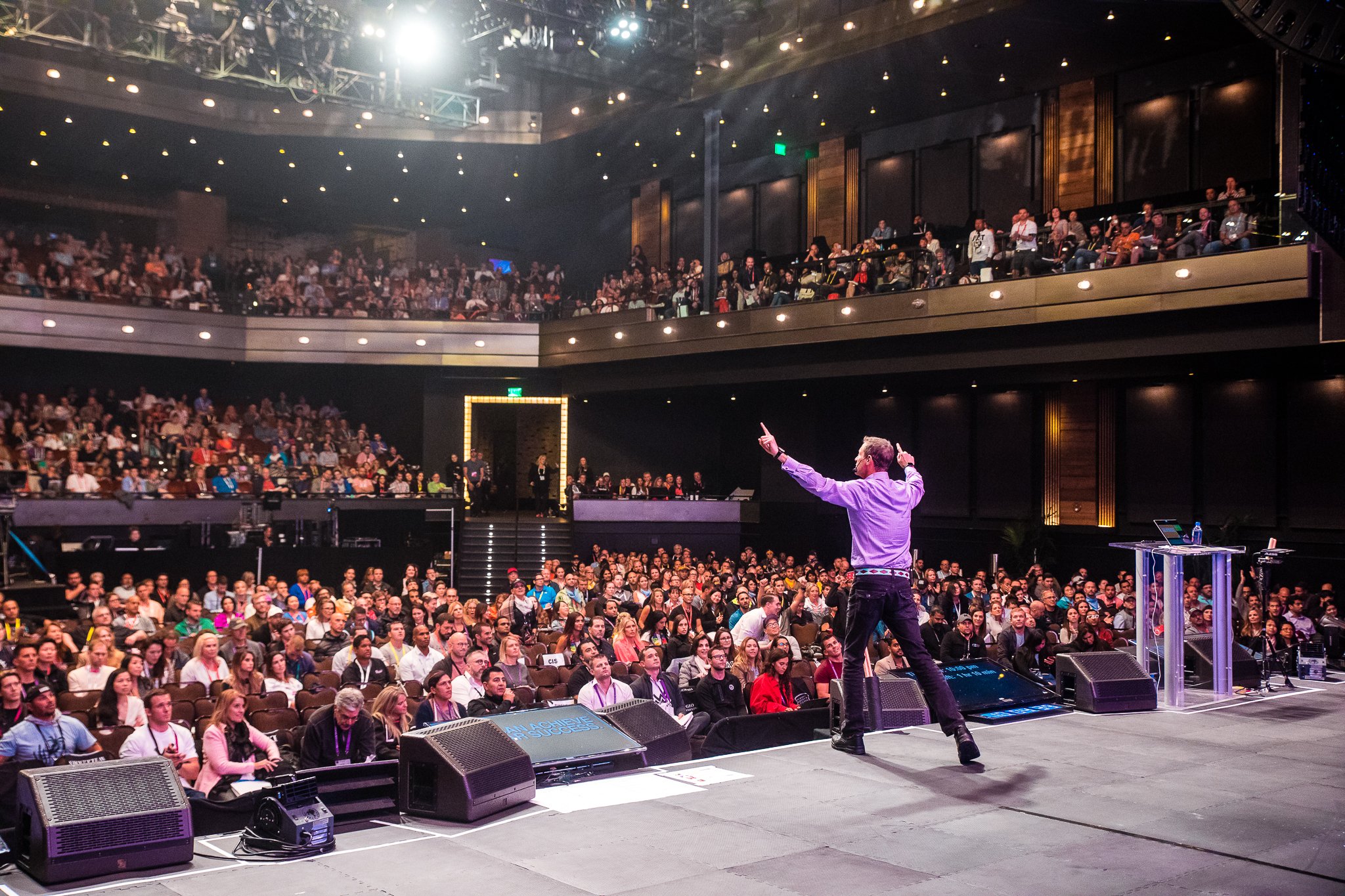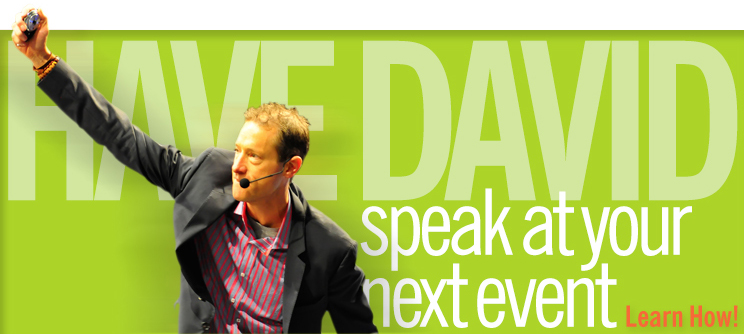Thought Leadership | Public Speaking | Best Practices
The keynote speaker at your event just delivered a fabulous talk. Attendees offer sustained applause and perhaps a standing ovation. As an event planner, you’re thrilled! But now what? Should the keynote speaker have a Q&A session? Or not?
The seemingly simple decision between having a Q&A session or not after a keynote speech is actually quite complicated. There are many aspects that event planners must consider when deciding to plan a Q&A session or not. Having delivered hundreds of keynote speeches at events in over 40 countries, I will explore the dos and don'ts for a successful Q&A session.
How Not to Do a Q&A
A lot goes into delivering a fantastic speech. A true professional will no doubt deliver a powerful performance! However, taking questions immediately following the keynote frequently means the collective air is let out of the room. The energy of the moment is lost, and attendees walk away not with memories of the soaring conclusion to the talk but the answer to a question. Taking questions immediately following the keynote frequently kills the vibe that the speech just created.
Worse still, some people use questions to fulfill their own agendas, asking something self-serving like: “My product does exactly what you describe, my question is …” Other people drone on and on with a dissertation without getting to a question for several minutes. If the keynote time is a total of 60 minutes, with 50 minutes of prepared remarks followed by 10 minutes of Q&A, sometimes a questioner can use up half of the allotted Q&A time. That’s not fun for anyone.
Tips to a Successful Q&A
Use a Moderator to Break up the Speech and Q&A
If a Q&A session is important to the flow of a keynote speech try this strategy: Invite the event planner to break your speech into two distinct sessions on the agenda. I’ve used this hybrid approach dozens of times and it has always worked great.
First up is my main keynote speech. After the keynote has concluded, a moderator joins me on stage and offers thoughts about my talk for a minute or two. Then the moderator transitions to the second session by asking me the first question, followed by the moderator calling on members of the audience to ask subsequent questions.
I recommend going to a different part of the stage, perhaps set up with two high director style chairs. This clearly signals the transition from speech to Q&A.
This separate Q&A session could be as long as 30 minutes. It’s possible for the Q&A session to have a separate billing in the event program, such as “A fireside chat with David Meerman Scott.” While having a separate Q&A with a moderator immediately after the keynote works, it’s sometimes advantageous to have the session later in the program, such as after a break or after lunch.
A similar solution is for the keynote speaker to do another short session, maybe a half hour, for VIP guests only. Often this kind of session is done over a meal and serves as a way to reward special attendees. HubSpot uses this strategy for its annual INBOUND conference, giving VIP guests special access to intimate conversations with keynote speakers after their main speeches.
Take the Q&A to Social Media
Q&A sessions can also be done through social media. At conferences all over the world, audience members connect with one another in real time via Twitter or event apps while speakers are up at the podium.
For speakers, this "back-channel" is truly revolutionary as it allows listeners to discuss content as it is being delivered. What’s more, it brings a new virtual audience into the room — sometimes from the opposite end of the Earth.
Continuing with the social media Q&A strategy, hashtags allow audience members both near and far to tune into the backchannel. Many attendees post photos and video clips in real time too, so people can see what's happening.
As a speaker, I love to jump into the Twitter backchannel by checking out the hashtag after I get off stage. For as long as it takes, I’ll respond to people who have questions on Twitter, which is yet another way for people’s questions to get answered.
Q&A sessions after keynote speeches will remain a complicated decision for event planners and speakers alike. While taking questions after a speech runs the risk of diminishing the energy of a speech, using moderators to split up the speech and the Q&A, curating intimate VIP experiences, and engaging with the audience via social media make Q&As a way to enhance the impact of your keynote speech.
Interested in delivering a great keynote address? Learn more about successful public speaking here.





